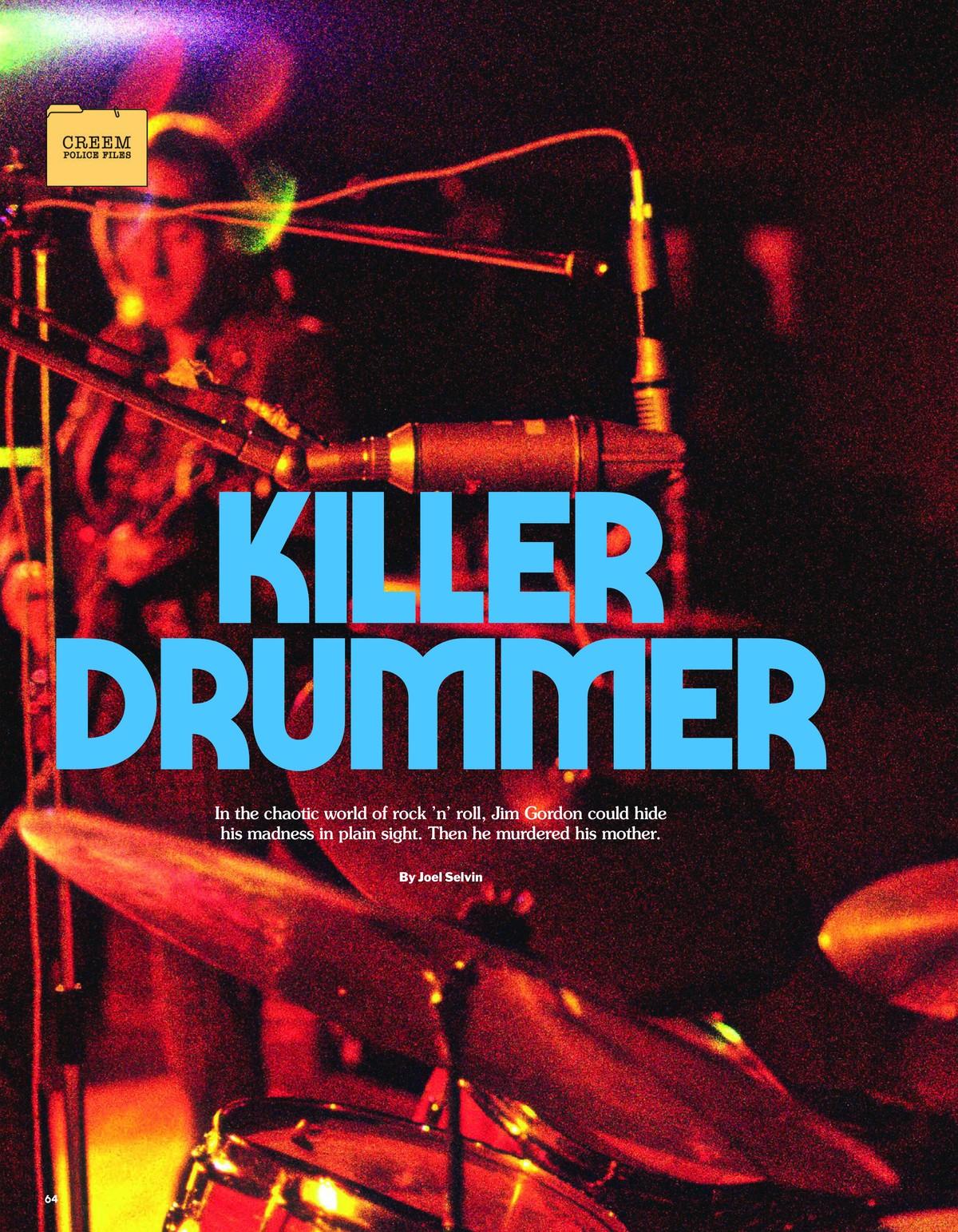Police Files
KILLER DRUMMER
In the chaotic world of rock 'n' roll, Jim Gordon could hide his madness in plain sight. Then he murdered his mother.
September 1, 2023


When drummer Jim Gordon died at age 77 on March 13, 2023, at the California Medical Facility in Vacaville, California, he had spent half his life behind bars. Before that time, over the course of a mere 15 years, he left an indelible mark on rock music. But at the time of his passing, the superstar drummer was a long-forgotten figure remembered mainly for the most gruesome crime in rock history.
In 1983, Gordon killed his mother, stabbing her through the heart after beating her in the head with a hammer.

